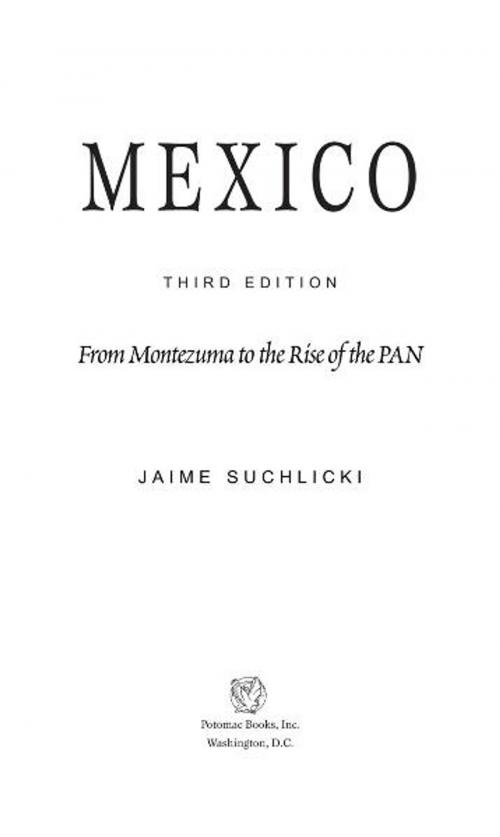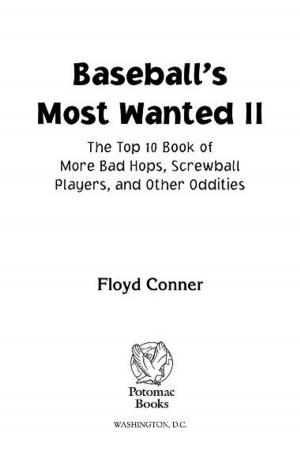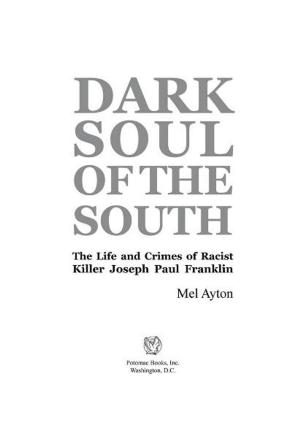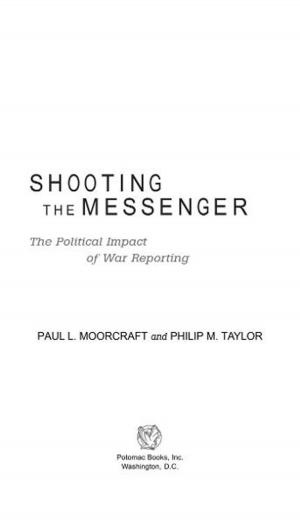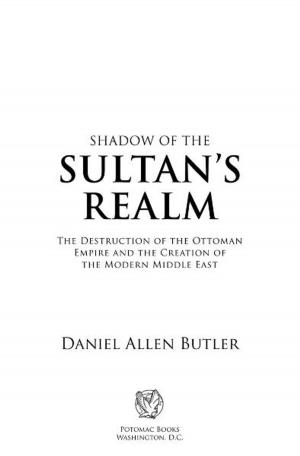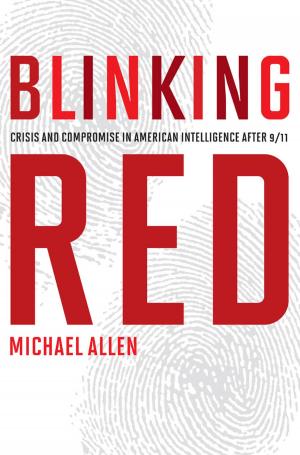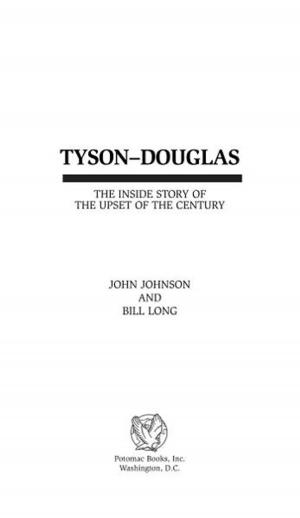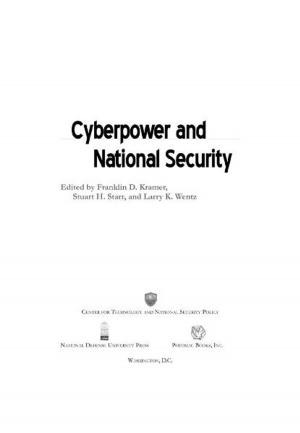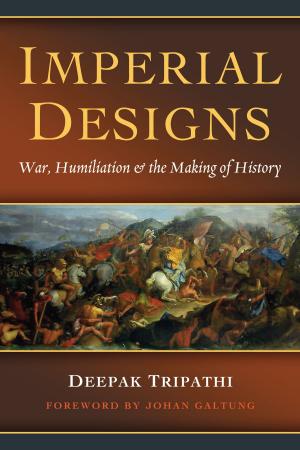Mexico
Nonfiction, History, Americas, Mexico, Social & Cultural Studies, Political Science, International, International Relations| Author: | ; Jaime Suchlicki | ISBN: | 9781612343792 |
| Publisher: | Potomac Books Inc. | Publication: | January 31, 2008 |
| Imprint: | Potomac Books Inc. | Language: | English |
| Author: | ; Jaime Suchlicki |
| ISBN: | 9781612343792 |
| Publisher: | Potomac Books Inc. |
| Publication: | January 31, 2008 |
| Imprint: | Potomac Books Inc. |
| Language: | English |
In this concise thousand-year history, one of the worlds foremost scholars on Latin America explains how Mexicos present and future flow directly from its past. Going well beyond a comprehensive description of recent events and crises, Jaime Suchlicki provides an introduction to the countrys early native civilizations, its natural environment, the Spaniards harsh rule, independence and revolution, the long dominant Partido Revolucionario Institucionals demise, and the complex and sometimes tumultuous relationship with the United States. Professor Suchlicki suggests seven major recurring patterns in Mexican history and convincingly describes their contribution to Mexicos current and future difficulties. This new edition provides an analysis of recent social, economic, and political developments, including the hotly contested 2006 election, in which the electoral tribunal determined the presidency and Felipe Calderón became Mexicos second consecutive president from the Partido Acción Nacional (PAN). Finally, Suchlicki also analyzes the current state of U.S.Mexican relations on key issues such as immigration. Mexico is essential reading for anyone seeking an up-to-date perspective on Americas neighbor to the south.
In this concise thousand-year history, one of the worlds foremost scholars on Latin America explains how Mexicos present and future flow directly from its past. Going well beyond a comprehensive description of recent events and crises, Jaime Suchlicki provides an introduction to the countrys early native civilizations, its natural environment, the Spaniards harsh rule, independence and revolution, the long dominant Partido Revolucionario Institucionals demise, and the complex and sometimes tumultuous relationship with the United States. Professor Suchlicki suggests seven major recurring patterns in Mexican history and convincingly describes their contribution to Mexicos current and future difficulties. This new edition provides an analysis of recent social, economic, and political developments, including the hotly contested 2006 election, in which the electoral tribunal determined the presidency and Felipe Calderón became Mexicos second consecutive president from the Partido Acción Nacional (PAN). Finally, Suchlicki also analyzes the current state of U.S.Mexican relations on key issues such as immigration. Mexico is essential reading for anyone seeking an up-to-date perspective on Americas neighbor to the south.
